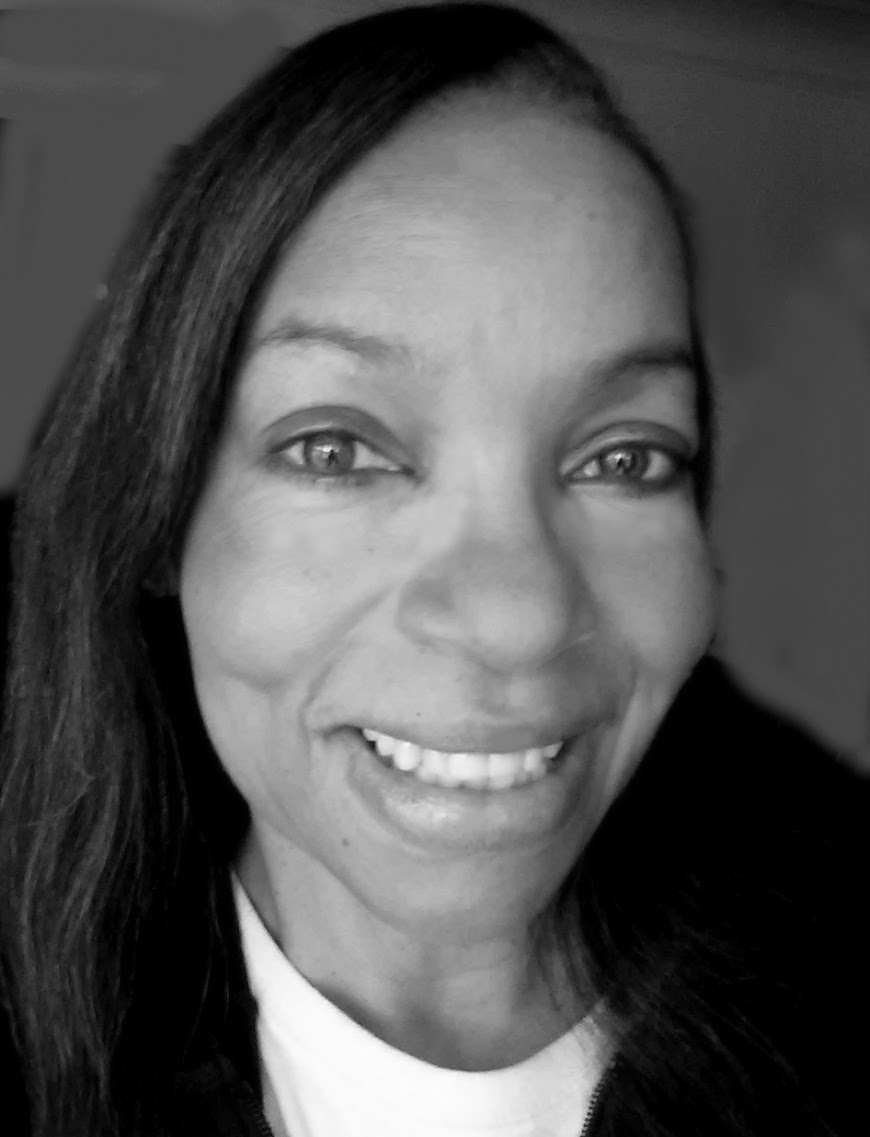The Civil Rights Movement of the 1960s had ended before a black woman first became principal of a high school in Long Beach.
 |
| Alta Cooke Posed for Article in the Press-Telegram, Long Beach |
Alta Cooke, first black female high school principal in Long Beach, was an influence on many young lives in that city. No black woman had been promoted to the position until 1987.
For this project, the women were asked to select pictures from their personal albums to include in the book. In a Press Telegram (Long Beach) newspaper article, Alta Cooke chooses pictures from her family album.
in looking through her private collections, Cooke re-discovered a little-known part of her career--law enforcement and recently renewed an old partnership between the Long Beach Unified School District and the Los Angeles County Sheriff's Department.
 |
| Teenage Alta Cooke |
Featuring women like Alta Cooke in BREAKING THROUGH Lighting the Way will help to expose the community to their stories and contributions to race relations in America.
 |
| Alta Cooke, College Graduate |
Born and raised in Long Beach, California, Alta Cooke went off to New York for two years and studied music in Potsdam, New York. "I went there for two years and had a wonderful music experience," Cooke said. "[But] it was too cold there for me, so I came back to California and enrolled at the University of Redlands."
After graduating from the University of Redlands, Cooke earned a Master of Science in Music Education at the University of Southern California.
 |
BREAKING THROUGH Lighting the Way
Profiles of African American
Women who made a difference to the history of Long Beach, California
Edited by Sunny Nash
Foreword by Carolyn Smith Watts
(l-r, rear) Evelyn Knight, Patricia Lofland
Bobbie Smith, Alta Cooke, Carrie Bryant
(seated l-r) Autrilla Scott, Maycie Herrington
Dale Clinton & Lillie Mae Wesley (not present)
|
In preparing BREAKING THROUGH Lighting the Way, the Carolyn Smith Watts and Sunny Nash team learned that people of color all over the nation, including Southern California, have felt or, at least, have seen the effects of race at some time in their lives throughout American history.
Examples of racial awareness can come at work, home, school, church, public facilities and any place people of different ethnicity may be in the same places at the same times.
Many times, today, people are not even aware of their biases. They simply gravitate toward people who are more like them. If BREAKING THROUGH Lighting the Way does nothing else, it will make people aware of the other person and may help people better understand what others have gone through in the past and why they are still sensitive to racial slights in the present.
In Early America, the pre-Civil War era, Reconstruction and the Jim Crow days, the inability of the United States to take any meaningful steps in race relations was due to the Jim Crow system in place for more than 100 years, a system that was designed to curtail the advances freed slaves had won after the Civil War. The Jim Crow system ballooned during Reconstruction, with particularly harmful consequences. In cases of black men, the fear of lynching loomed; in the cases of black women, the fear of rape before being lynching loomed.
The Jim Crow system stymied any attempt at race relations by committed black and white citizens in a nation, still reeling from the effects of the Civil War and Reconstruction. Nearly a century and a half later, the emotions of younger generations are still tainted by Jim Crow. When a person of color feels a sting of racial discourtesy with poor service in a restaurant, is it such a surprise given our history? On the other hand, what about the person too young to remember Jim Crow? Should he or she be blamed for the past racial climate in our nation simply based on the color of his or her skin? Remember, a coin has two sides. BREAKING THROUGH Lighting the Way explores both sides.
 |
| ushistory.org home |
© 2014 BREAKING THROUGH Lighting the Way.
All Rights Reserved Worldwide.
www.breakingthroughlighttheway.blogspot.com
~Thank You~






